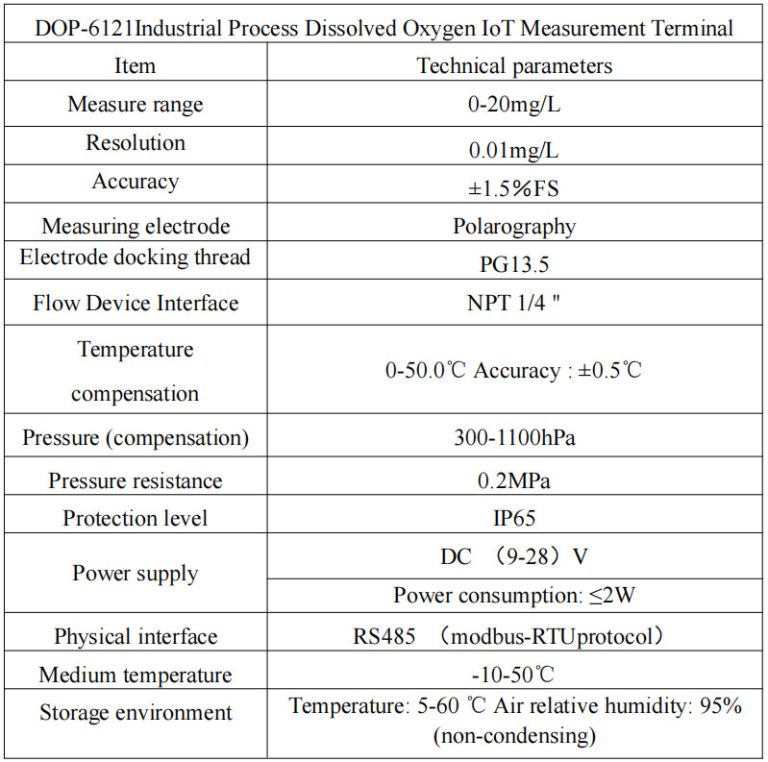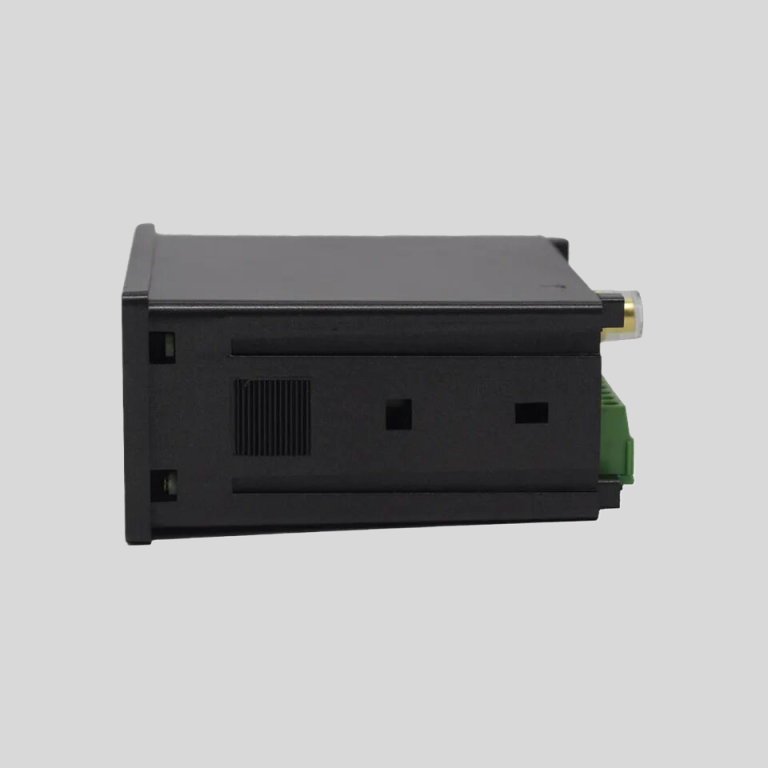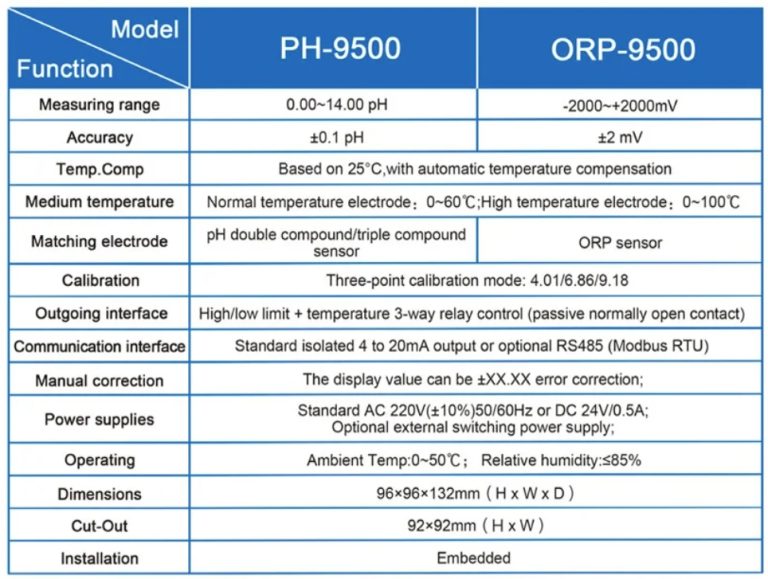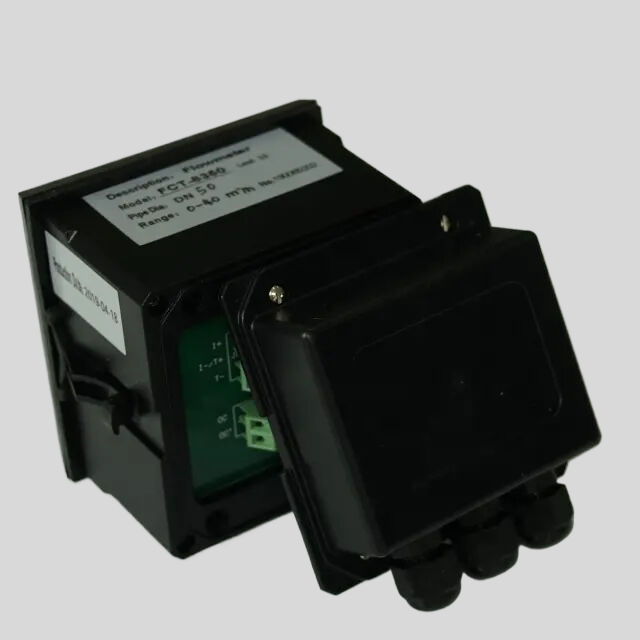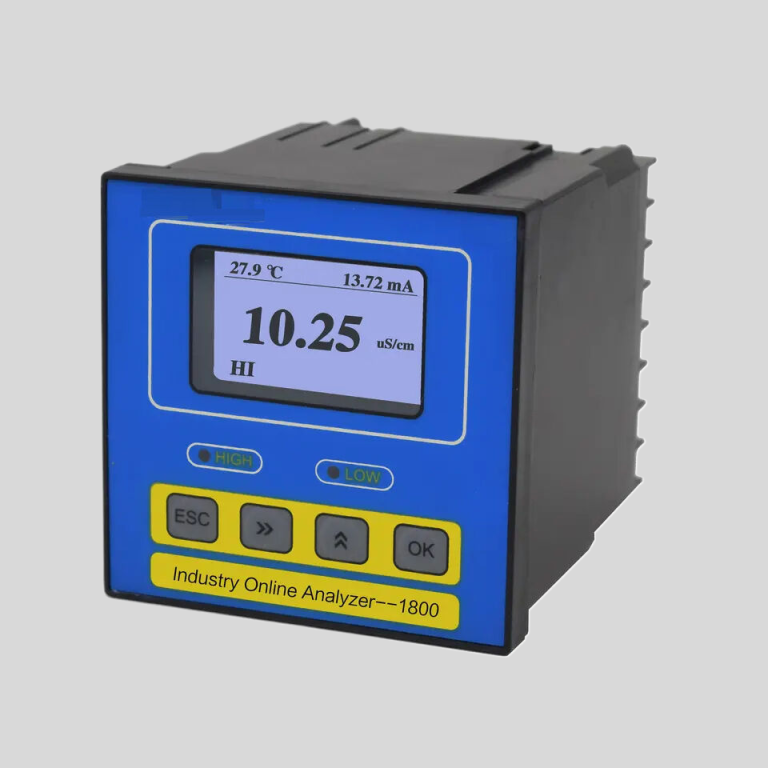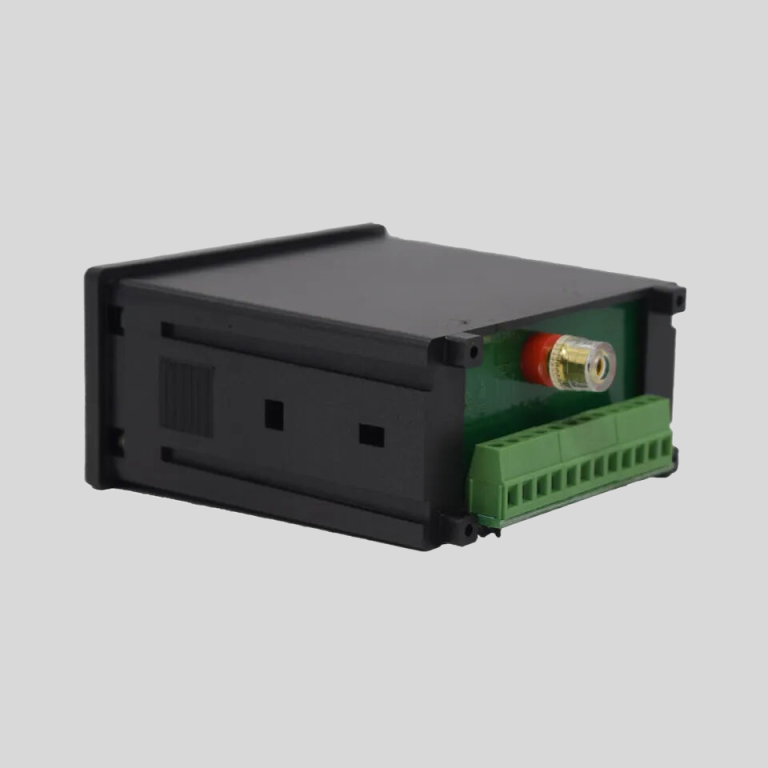Understanding Turbidity and Its Importance in Water Quality Monitoring
Turbidity is a key parameter in water quality monitoring that measures the cloudiness or haziness of a fluid caused by suspended particles. These particles can include sediment, algae, bacteria, and other contaminants that can affect the overall quality of the water. Monitoring turbidity is crucial in various industries, including drinking water treatment plants, wastewater treatment facilities, and environmental monitoring agencies.
| Model | pH/ORP-8851/9900 pH/orp meter |
| Range | 0-14 pH; -2000 – +2000mV |
| Accuracy | ±0.1pH; ±2mV |
| Temp. Comp. | Automatic temperature compensation |
| Oper. Temp. | Normal 0~60℃; High temp 0~100℃ |
| Sensor | pH double/triple sensor; ORP sensor |
| Display | Big Screen LCD Screen |
| Communication | 4-20mA output/RS485 |
| Output | High/Low limit dual relay control |
| Power | DC24V/0.5A or AC85-265V±10% 50/60Hz |
| Working Environment | Ambient temperature:0~50℃ |
| Relative humidity≤85% | |
| Dimensions | 96×96×72mm(H×W×L) |
| Hole Size | 92×92mm(H×W) |
| Installation Mode | Embedded |
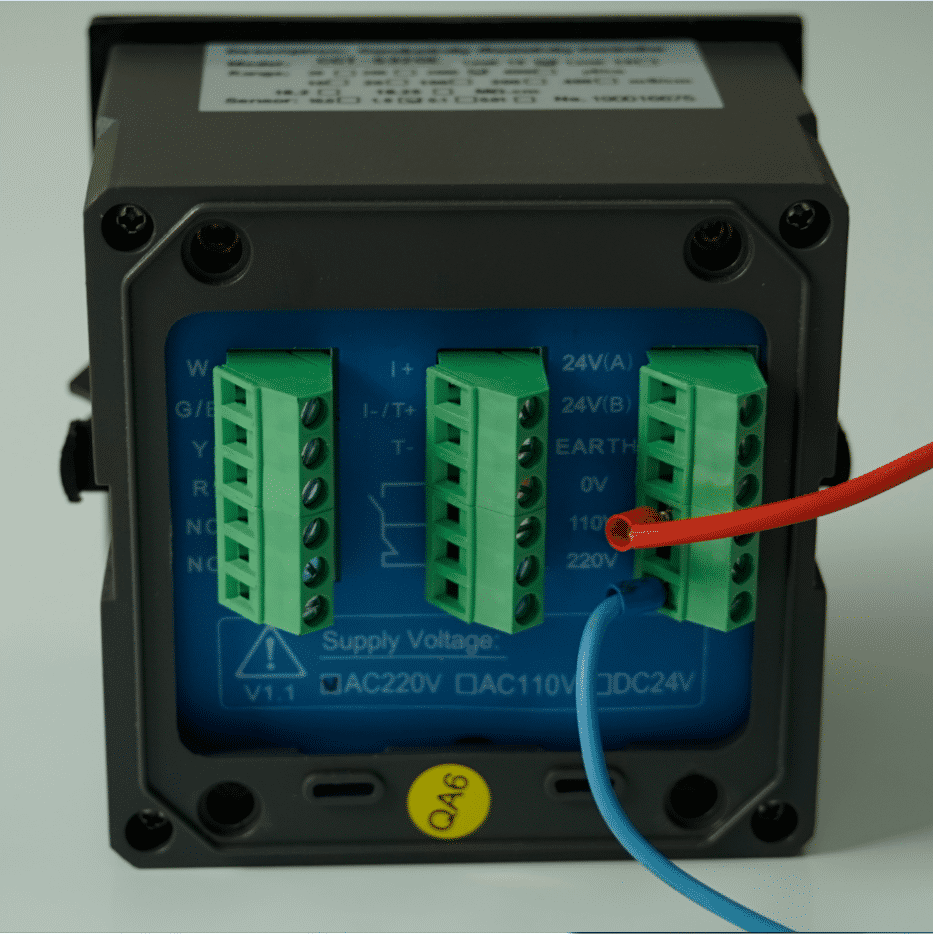
One common method of measuring turbidity is through the use of turbidity sensors. These sensors work by shining a light through a water sample and measuring the amount of light that is scattered or absorbed by the suspended particles. The more particles present in the water, the higher the turbidity reading will be. Turbidity sensors are essential tools for ensuring that water quality standards are met and maintained.
| Model | NTU-1800 Online Turbidity Tester |
| Range | 0-10/100/4000NTU or as required |
| Display | LCD |
| Unit | NTU |
| DPI | 0.01 |
| Accuracy | ±5% FS |
| Repeatability | ±1% |
| Power | ≤3W |
| Power Supply | AC 85V-265V±10% 50/60Hz or |
| DC 9~36V/0.5A | |
| Working Environment | Ambient temperature:0~50℃; |
| Relative humidity≤85% | |
| Dimensions | 160*80*135mm(Hanging) or 96*96mm(Embeded) |
| Communication | 4~20mA and RS-485 communication (Modbus RTU) |
| Switched output | Three-way relay,capacity 250VAC/5A |
Arduino is an open-source electronics platform that is widely used for creating interactive projects. It is a popular choice for DIY enthusiasts and hobbyists due to its ease of use and versatility. By combining an Arduino board with a turbidity sensor, you can create a cost-effective and reliable solution for monitoring turbidity in water.
To build a turbidity sensor using Arduino, you will need a turbidity sensor module, an Arduino board, connecting wires, and a power source. The turbidity sensor module typically consists of a light source, a photodetector, and a circuit board that processes the sensor data. The Arduino board acts as the brain of the system, receiving data from the sensor and displaying it in a user-friendly format.
To set up the turbidity sensor, you will first need to connect the sensor module to the Arduino board using the connecting wires. The sensor module will have pins labeled for power, ground, and signal, which you will need to connect to the corresponding pins on the Arduino board. Once the hardware is connected, you can begin writing the code to read and display the turbidity data.
Arduino programming is done using the Arduino Integrated Development Environment (IDE), which allows you to write and upload code to the Arduino board. The code for a turbidity sensor will typically involve reading the analog signal from the sensor module, converting it to a turbidity value, and displaying the value on a screen or serial monitor. You can also add additional features, such as setting threshold values for turbidity levels or logging data over time.
Once the code is written and uploaded to the Arduino board, you can test the turbidity sensor by placing it in a water sample with known turbidity levels. The sensor should accurately measure the turbidity of the water and display the results in real-time. By calibrating the sensor and adjusting the code as needed, you can create a reliable turbidity monitoring system using Arduino.
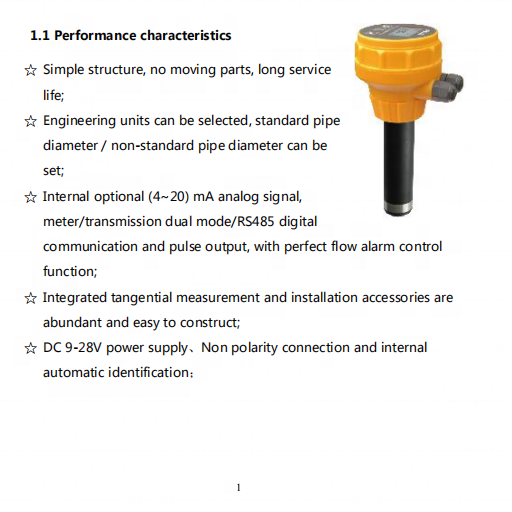
In conclusion, turbidity is an important parameter in water quality monitoring that can indicate the presence of contaminants and other particles in water. By using a turbidity sensor with Arduino, you can create a cost-effective and efficient solution for monitoring turbidity levels in various applications. With the right hardware and programming skills, you can build a turbidity sensor that meets your specific monitoring needs and helps ensure the quality of water sources.

